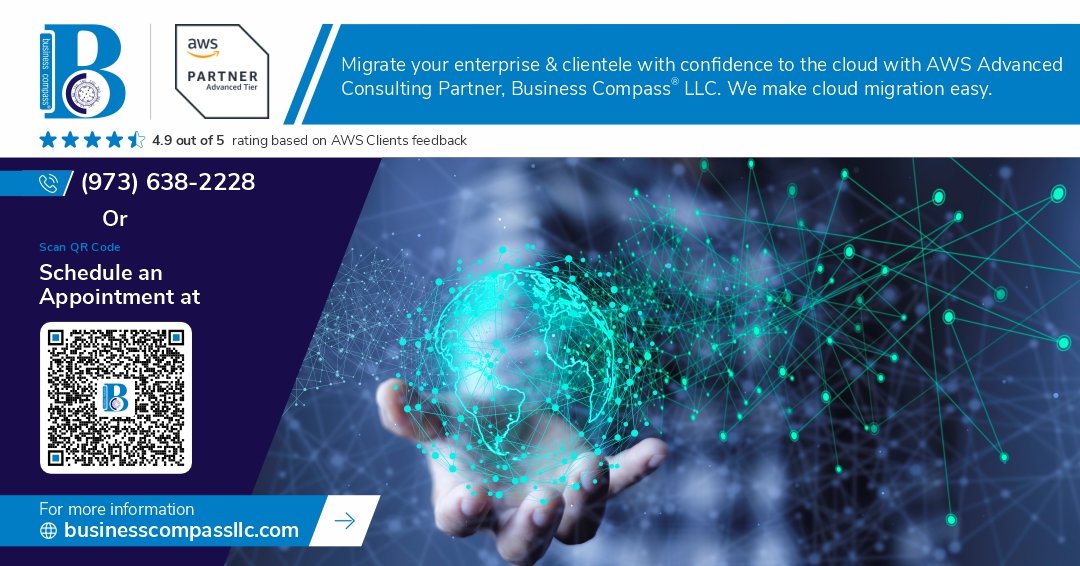Mastering AWS Networking: An In-Depth Guide to VPCs, Subnets, and Route Tables
Introduction to AWS Networking
In the cloud computing era, networking forms the backbone of any scalable, secure, and reliable architecture. When it comes to AWS, mastering networking concepts like Virtual Private Clouds (VPCs), subnets, and route tables is crucial for building and managing your cloud infrastructure effectively. This guide aims to demystify AWS networking, providing you with the foundational knowledge to design and implement robust network architectures in AWS.
The Evolution of Understanding Networking at AWS
AWS networking has evolved significantly, transitioning from simple IP address management to sophisticated, scalable network architectures. Initially, networking in AWS was primarily about connecting virtual machines, but today, it encompasses a wide range of services and features that enable complex, enterprise-level architectures.
The Core Concept: Virtual Private Cloud (VPC)
Defining VPC: Your Isolated Network Kingdom in AWS
A Virtual Private Cloud (VPC) is your isolated network environment within AWS. It allows you to define your IP address range, create subnets, and configure route tables, effectively giving you complete control over your networking environment. Think of a VPC as your private kingdom, where you can enforce rules and manage your resources securely.
Building Blocks of VPC: Subnets and Route Tables
Subnets and route tables are at the heart of a VPC. Subnets divide your VPC into smaller segments, each with its IP address range, while route tables control the traffic flow within and outside your VPC.
Understanding Subnets: IP Address Groups and Routing
Route Tables: Directing Traffic Flow Within and Beyond Subnets
Subnets are groups of IP addresses that allow you to organize and manage your resources within a VPC. Each subnet is associated with a route table, which directs traffic to its destination, whether it's within the VPC or to external networks.
Exploring Private Subnets: Secure and Isolated
Characteristics of Private Subnets: Hidden from the Internet
Private subnets are a critical component of secure AWS architectures. Resources within a private subnet cannot be accessed directly from the internet, making them ideal for sensitive data storage or backend services.
Enabling Outbound Access: The Role of NAT Gateways
While private subnets are isolated, they may still need to access the internet for updates or to communicate with external services. This is where NAT (Network Address Translation) gateways come into play, allowing outbound traffic while maintaining the security of your private subnet.
Public Subnets: Bridging the Gap Between Public and Private Worlds
Features of Public Subnets: Accessibility from the Internet
Public subnets, on the other hand, are accessible from the internet, making them suitable for resources that need to interact with users or external systems, such as web servers or load balancers.
Assigning IP Addresses: Automatic and Manual Options
Regarding assigning IP addresses within public subnets, AWS provides flexibility through automatic and manual IP assignment options, depending on your specific needs.
Advanced Routing with Route Tables
Complex Routing Logic: Cutting Off Access and Peering with Other VPCs
Route tables in AWS can be configured to implement complex routing logic, such as restricting access to specific resources or establishing peering connections with other VPCs. This advanced routing capability is essential for multi-tier applications and inter-VPC communication.
Longest Prefix Match Routing: Prioritizing Routes
AWS uses the most extended prefix match routing technique to determine the most specific route for traffic. Based on your routing configurations, this ensures that your network follows the most efficient and secure path.
Practical Example: Setting Up a SaaS Application Network
Architectural Overview: VPC, Load Balancer, Web Servers, Database, and Subnets
To put theory into practice, consider setting up a SaaS application network. You would start with a VPC that hosts a load balancer in a public subnet, web servers in a different public subnet, and a database in a private subnet. Route tables would direct traffic appropriately, ensuring requests are handled efficiently and securely.
Pathway of Request Through the Network: From User to Application Response
In this setup, a user's request would travel through the load balancer, reach the web servers, and finally access the database, all within a well-defined, secure network path managed by your VPC, subnets, and route tables.
Conclusion: Simplifying Complexity in AWS Networking
AWS networking may initially seem complex, but you can design scalable and secure network architectures with a solid understanding of VPCs, subnets, and route tables. Start simple, focusing on fundamental principles, and scale your architecture as your needs grow. This strategy will help you manage complexity and leverage the full power of AWS networking.
References
Mastering AWS VPC: A Comprehensive Guide to Building Secure and Scalable Networks

Comments
Post a Comment